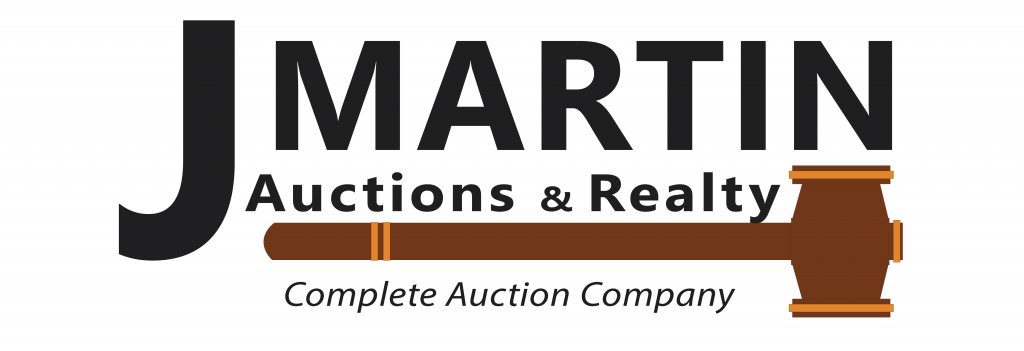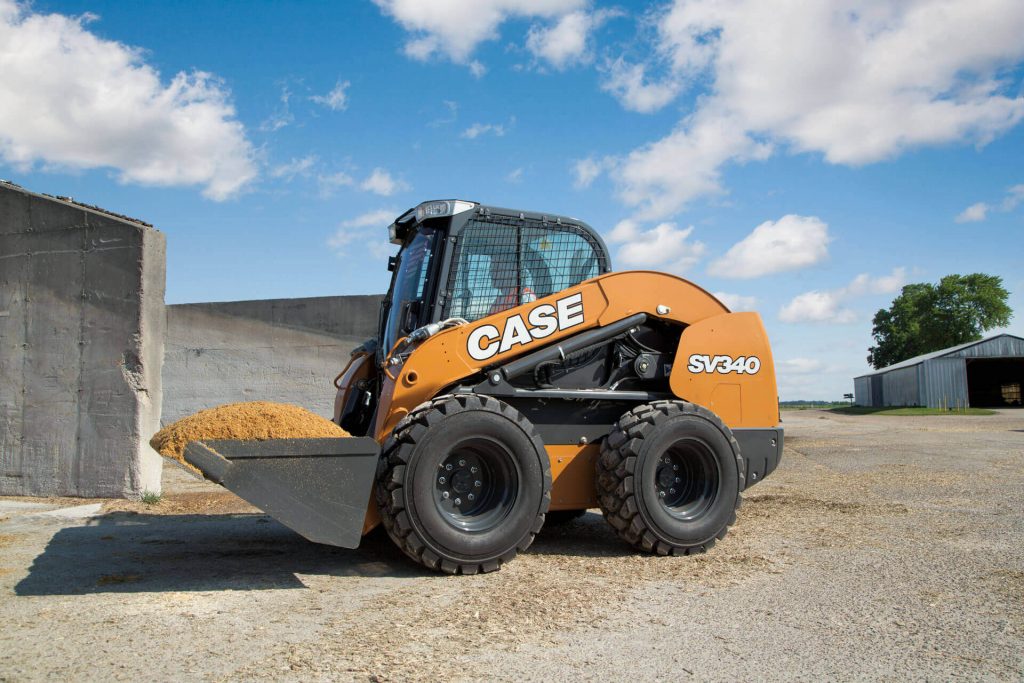It is the buyers responsibility to check out all items for sale! Here are some key posts when purchasing skid loaders.
- Bucket, loader arms & cylinders
If your skid steer loader comes with a bucket, begin your inspection with a close look at the bucket leading edge, side panels and bucket bottom. Check for signs of wear on the leading edge, the overall thickness of side panels and the condition of the bucket bottom, paying close attention to the quality of any welds or other repair work. Continue from the bucket to the loader lift cylinders, this time checking for any cracks or leaks. From the cylinders, move on to the loader arms, checking for any cracks, bends or welds. The existence of a bend or a crack could be a sign that the machine was rolled during operation or pushed beyond its capabilities. A weld on the loader arm may indicate a crack that has since been repaired. - Canopy or cab
Check the canopy/ROPS (Roll Over Protection Structure) main supports for any bends or damage that could affect its ability to protect an operator in the event of a rollover or other type of accident. Check the integrity of side screens and FOPS (Falling Object Protective Structures) as well. If the skid steer loader features an enclosed cab, make sure there are no missing or damaged windows. - General Operation
Step up into the machine, noting the condition of steps and if grab handles are securely fastened to the machine. Fasten the seatbelt, making sure it’s adjustable, and lower the safety bar into place. Turn the key and watch the emitting exhaust. After 10 seconds the exhaust should appear clear. If the exhaust remains grey, white or another color, this could be a sign of engine problems. Lift the bucket and hold it in position. If the bucket drops or sinks while held, this could be a sign of hydraulic problems. Check the horn, backup alarm, lights, gauges and switches to ensure these items are all in good operating condition. Look at the reading on the hour meter and consider if the amount of wear present in the cab is appropriate. - Engine & Hyd system
After stepping out of the cab, check for excessive moisture on the auxiliary hydraulics. Open the rear engine compartment and check for any signs of leaks, dirt buildup or cracks on hoses. Check the oil, note the level of the oil on the dip stick, and also look at the condition of the oil. Also check that belts are tight and not worn or cracked. Look at the air filter. Is it dirty or is it clean? If it’s dirty, it could be a sign the machine was not properly maintained. To know what type of maintenance or repair has been done to the skid steer loader, ask to review any available service records or work orders. - Wheels & Tires
After 500 hours, most skid steer tires begin to show signs of excessive wear. Check that the tires are properly inflated and have no leaks or damage. Also check that all lug nuts on wheels are tight. While checking the tires and wheels, take a look under the machine, noting any accumulated pools of oil or hydraulic fluid on the ground. This could be a sign of a hydraulic leak.
Unless you are very experienced with heavy equipment, have a qualified mechanic or knowledgeable operator inspect the skid steer loader that interests you before the auction and be ready to bid with confidence on auction day!


